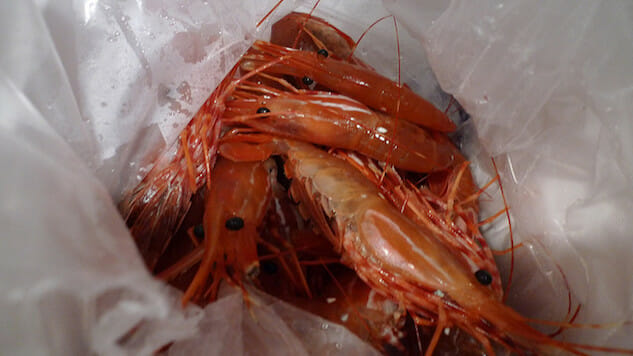
Could re-introducing prawns into river environments help to stop the cycle of parasitic infections? A team of researchers and organizations, together called the Upstream Alliance, are working to stop the spread of schistosomiasis in rivers throughout the world by adding native prawns back to their natural habitats.
Schistosomiasis is a parasite that latches on to water snails until fully grown and then detaches into the water, allowing it then to infect people who drink and use the contaminated water. Once in the system, the parasite causes fever-like symptoms paired with abdominal pain and diarrhea.
According to professor Giulio De Leo at the Biology/Hopkins Marine Station, anywhere from “280 million to 350 million people live in areas that are endemic for schistosomiasis.” He and his colleague, Dr. Susanne Sokolow from Stanford University and UC Santa Barbara, have studied the rise in schistosomiasis in the Senegal River as a result of the Diama Dam that was built in 1986.
Construction of the dam interrupted the migration patterns of the local prawn, called Macrobrachium vollenhovenii, and caused the crustacean populations to fall. Studies on the Senegal River showed that in areas where a once high prawn population fell dramatically, cases of schistosomiasis rose. The pattern was observed in several other environments that underwent the construction of dams, showing a direct correlation between prawn populations and schistosomiasis infections.
In order to fight the increasing infection rates, Sokolow and De Leo’s team has been working to develop sustainable means of maintaining prawn populations in affected areas. Aquaculture farms enclose the crustaceans with netting along river banks where they consume the snails and are then harvested for food, providing both economical and health benefits to the community.
The farms have developed a way to produce only male prawns, which grow larger, consume more snails and do not need to migrate like their female counterparts.
Sokolow and De Leo recognize that it will take a combination of solutions to fully address the issues caused by the dam though re-introducing the snail-eating prawns is a great first step.
Top photo by Arnold Gatilao CC BY 2.0
Lauren Leising is a freelance writer based in Athens, Georgia.